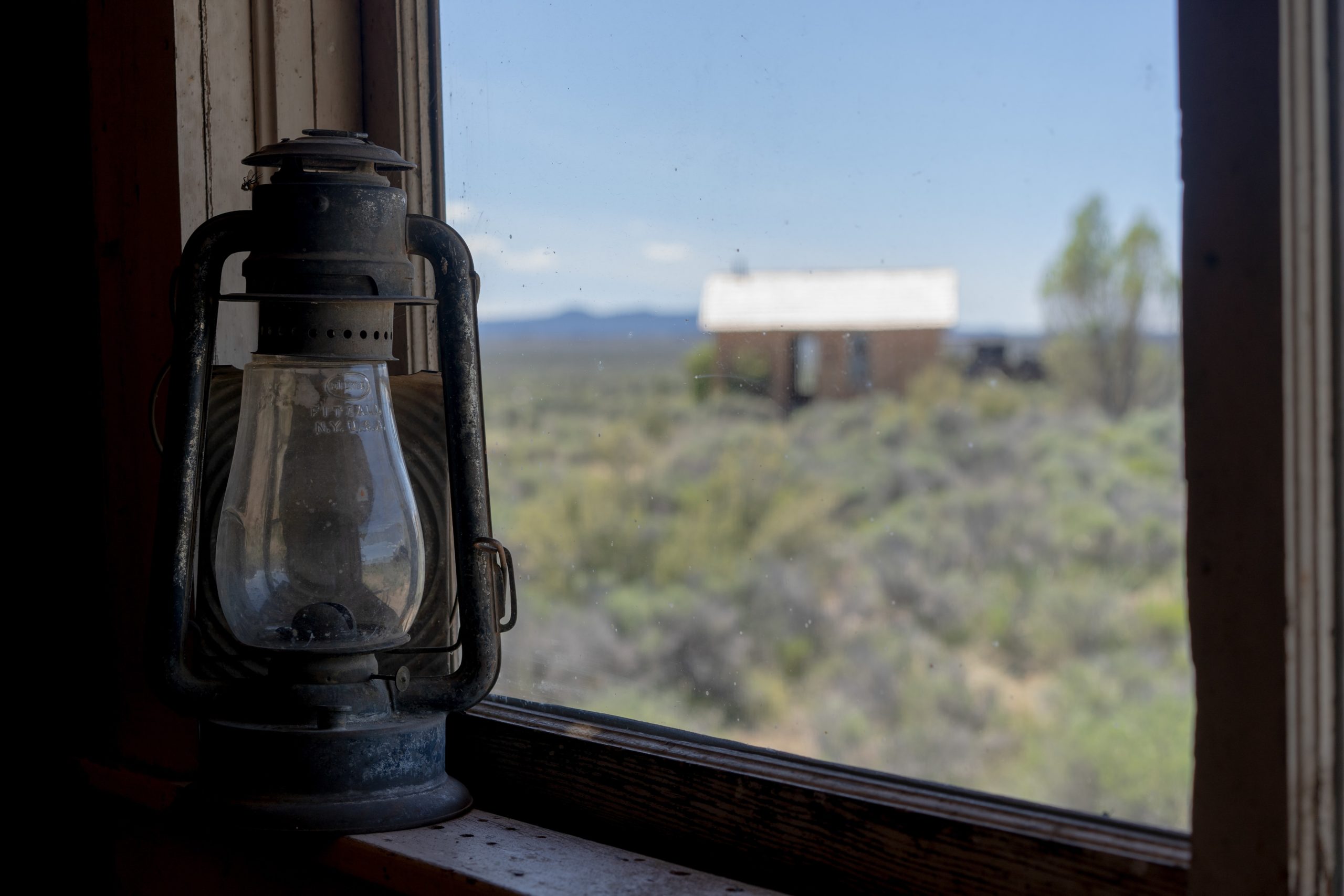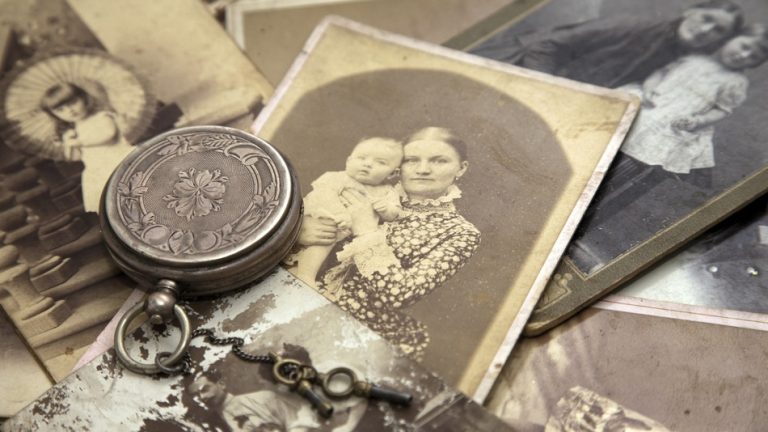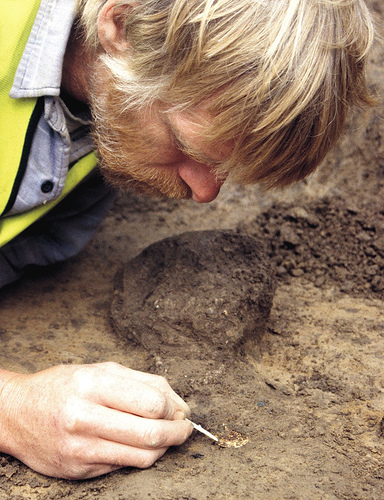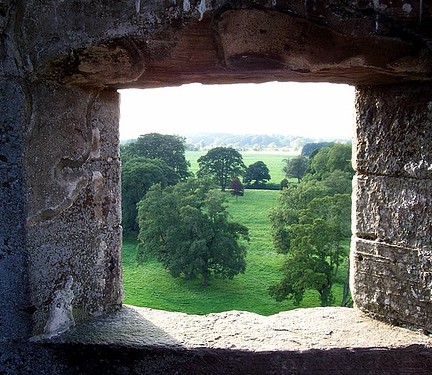5 Steps to Write Thrilling Historical Fiction for Teens
Today’s guest post is by author Phyllis Still.
Have you discovered an intriguing character or story from history? You believe it would make a great historical fiction novel for teens, but the amount of research, organization, and development needed to complete the project gives you the hives. Why?
Perhaps, because I began my writing journey delving into the depths of an intriguing family story, I can help writers understand a hidden truth about historical fiction. It differs from other genres in the story world only.
How so?
The story location, past events, and even some characters are a mouse click away. A lot less work in my mind. All that is needed once the research is complete is for the author to weave in extraordinary and inspirational plots with emotionally relatable protagonists. Readers will believe the story is true, no matter the genre.
Allow me to encourage and give you five steps to conquer and create great historical fiction for teens.
- Discover What’s Been Lost
- Choose a time in history and imagine what life for a young adult would be like.
- Uncover a riveting story full of heartbreak but also courageous faith and strength.
- No Stone Unturned
- Research interesting story elements for plot development and what fictional characters must overcome.
- Search online for more information about your historical characters and events.
- Find descriptions, maps, timelines, and eyewitness accounts.
- Don’t Lose It
- Create a project folder on your computer or use large three-ring binders.
- Add subfolders for each topic.
- Copy and paste needed information into a document with the website link and source credit for a later reference or to use in a blog post.
- Weeding and Culling
- This is where key scene plotting and deep character development is important.
- You will only use necessary details for believable settings, sensory details, society norms,
- Don’t delete any of your research. You might need it for that series you didn’t expect to write.
- Add Flesh to the Bones
This is the fun part!
- Blend bits and pieces of historical facts with the fictional characters and plot so readers can’t distinguish which are true and which are fiction.
- Ask questions such as “How did major events affect the dreams and goals of young adults who lived through them?”
- Use worksheets to flesh out your character’s personalities, fears, passions, motivations, weaknesses, and greatest desires.
My love for family history led to the discovery of an inspirational story about a young woman who overcame great difficulties. Her voice screamed, “Bring me to life.” The blessing of imagination allows characters to share their personal histories with you as the ghostwriter.
I love how the movie The Man who Invented Christmas showed Charles Dickens agonizing over the identity of his characters, then once discovered and named, they came to life for him. This has to happen before the setting and events matter.
Curious how the year 2020 affected my thirteen-year-old granddaughter, I made this statement. “Someday your grandchildren will ask you about this time in your life.”
She stared past me with wide eyes. “Uh, I won’t want to talk about it! It’s been horrible.”
Her reaction stunned me and confirmed the need to find and revive historical characters who lived through tragic times but didn’t want to talk about it.
I hope this inspires you to find and create those characters begging to share their stories with younger generations, struggling to make sense of their time of history.
 Phyllis A. Still is an award-winning author of the “heart-stirring” Dangerous Loyalties series for teens and adults (Note: check out the first book in her terrific series here—C. S.). She is enjoying retirement with her husband in Longview, Texas. When not writing, Phyllis enjoys time with her family, genealogy, reading, and road trips. Connect with Phyllis at her website and follow her on Bookbub.
Phyllis A. Still is an award-winning author of the “heart-stirring” Dangerous Loyalties series for teens and adults (Note: check out the first book in her terrific series here—C. S.). She is enjoying retirement with her husband in Longview, Texas. When not writing, Phyllis enjoys time with her family, genealogy, reading, and road trips. Connect with Phyllis at her website and follow her on Bookbub.
Featured Photo by Dan Meyers on Unsplash











Wonderful and informative post, Phyllis! I write a young adult time travel series, and do most of your suggestions. I find it keeps the story and characters organized and easily attainable. Well said! All the best in all your publishing endeavors!
Thank you for the encouragement Sharon. The best to you as well!
Hi Phyllis,
I can relate to the response of your 13-year-old granddaughter. I had 2 great aunts and 2 great uncles who lived through the Spanish Flu. Whereas they were happy to regale me with stories of their experiences during the First World War, they said nothing about the Spanish Flu. I didn’t even know the Spanish Flu had happened until a high school history teacher mentioned it as a footnote to the section we were studying on WWI.
I understand that in a war one side loses and the other side wins. The side that wins talks about the war. In a pandemic, everyone loses so no one talks about it.
Thank you for your article, I realise my comments miss your point, nevertheless, I thought you’d find my observation interesting.
regards,
Peter B
Peter, thank you for your encouragement! Sounds like you have a family story too. Happy writing.
Peter, I’m encouraged by your comment! I’m happy you were reminded of the missing story in your family. Maybe you’re the one to give them a voice now. 😉